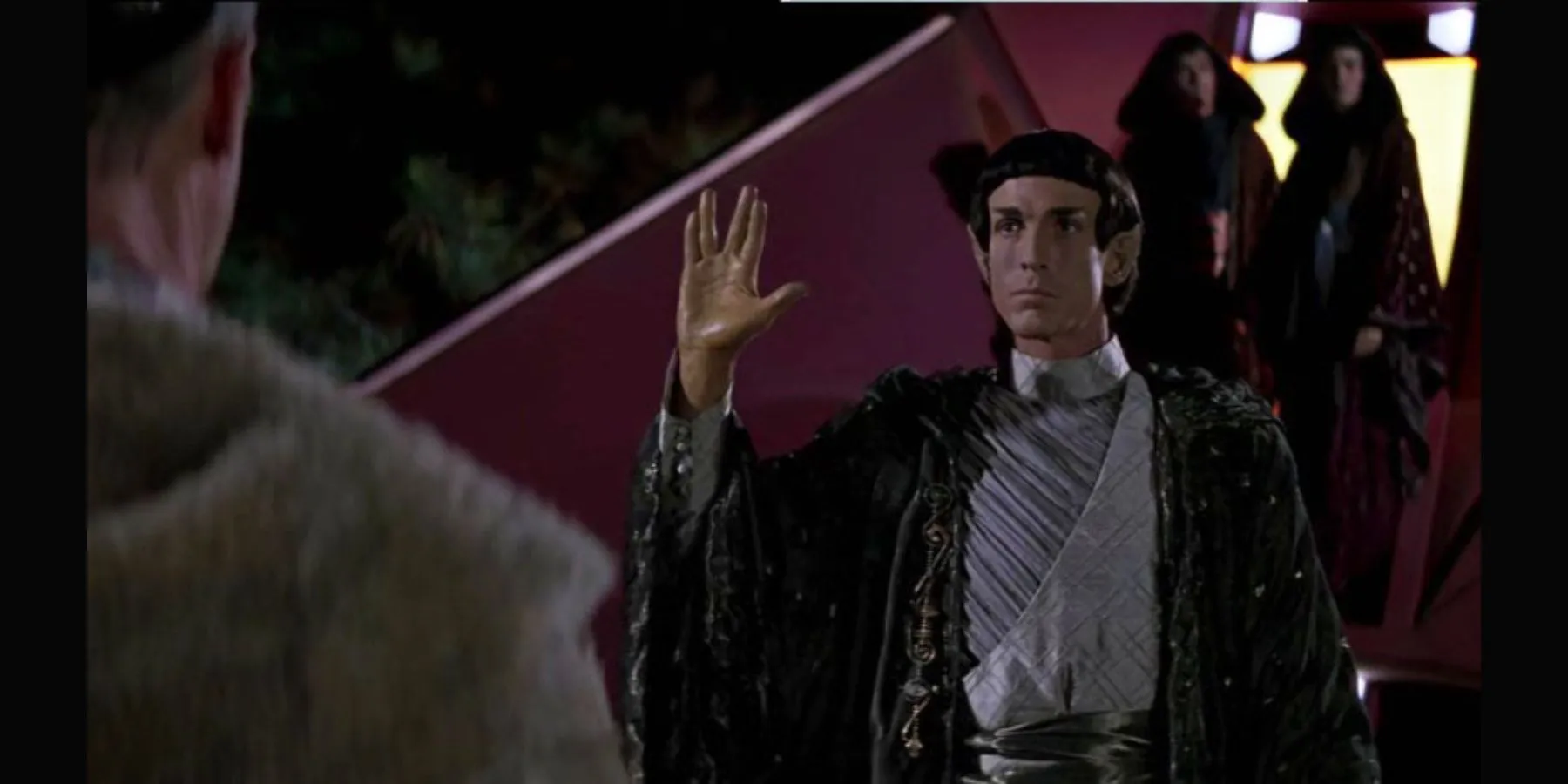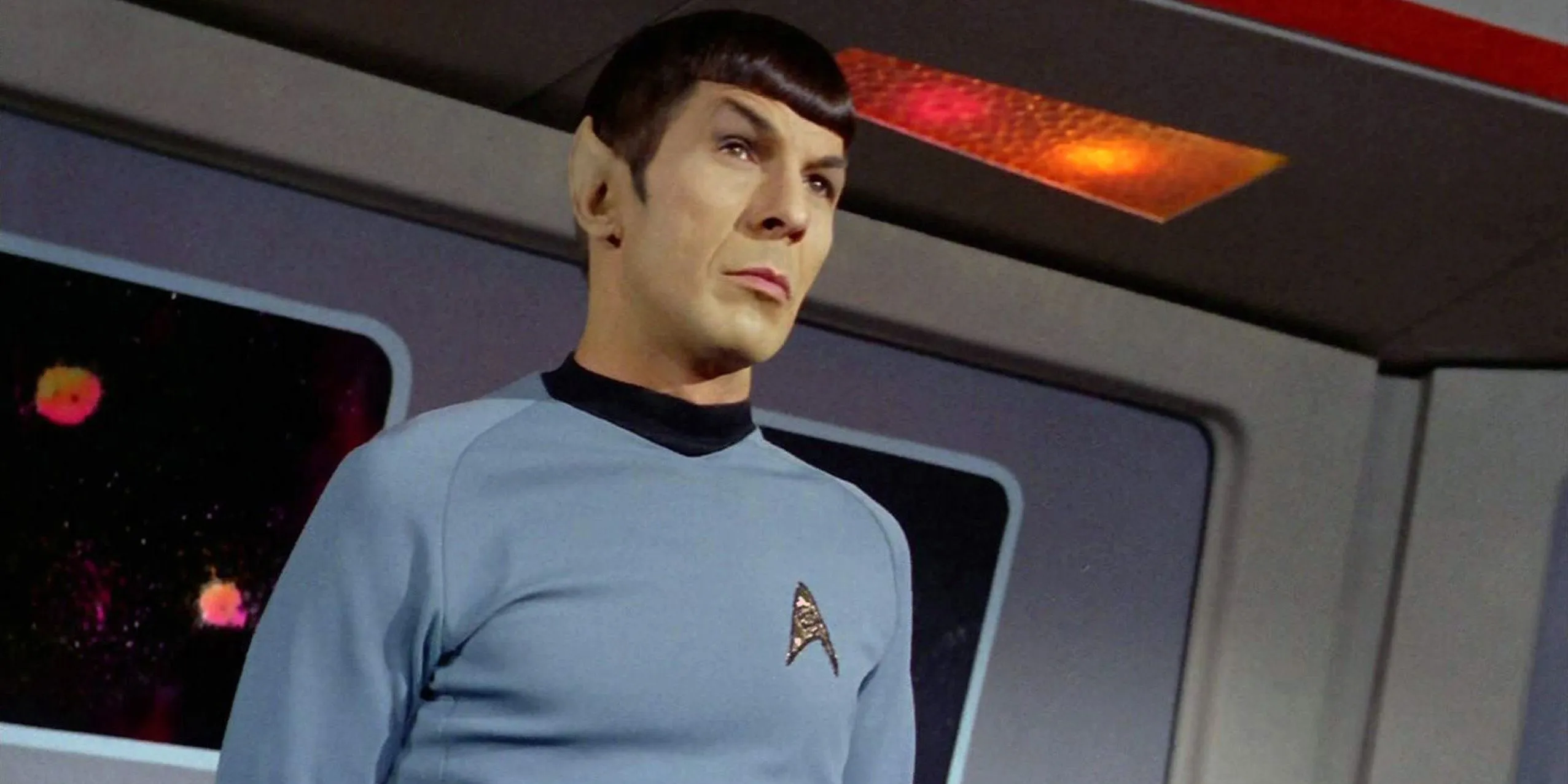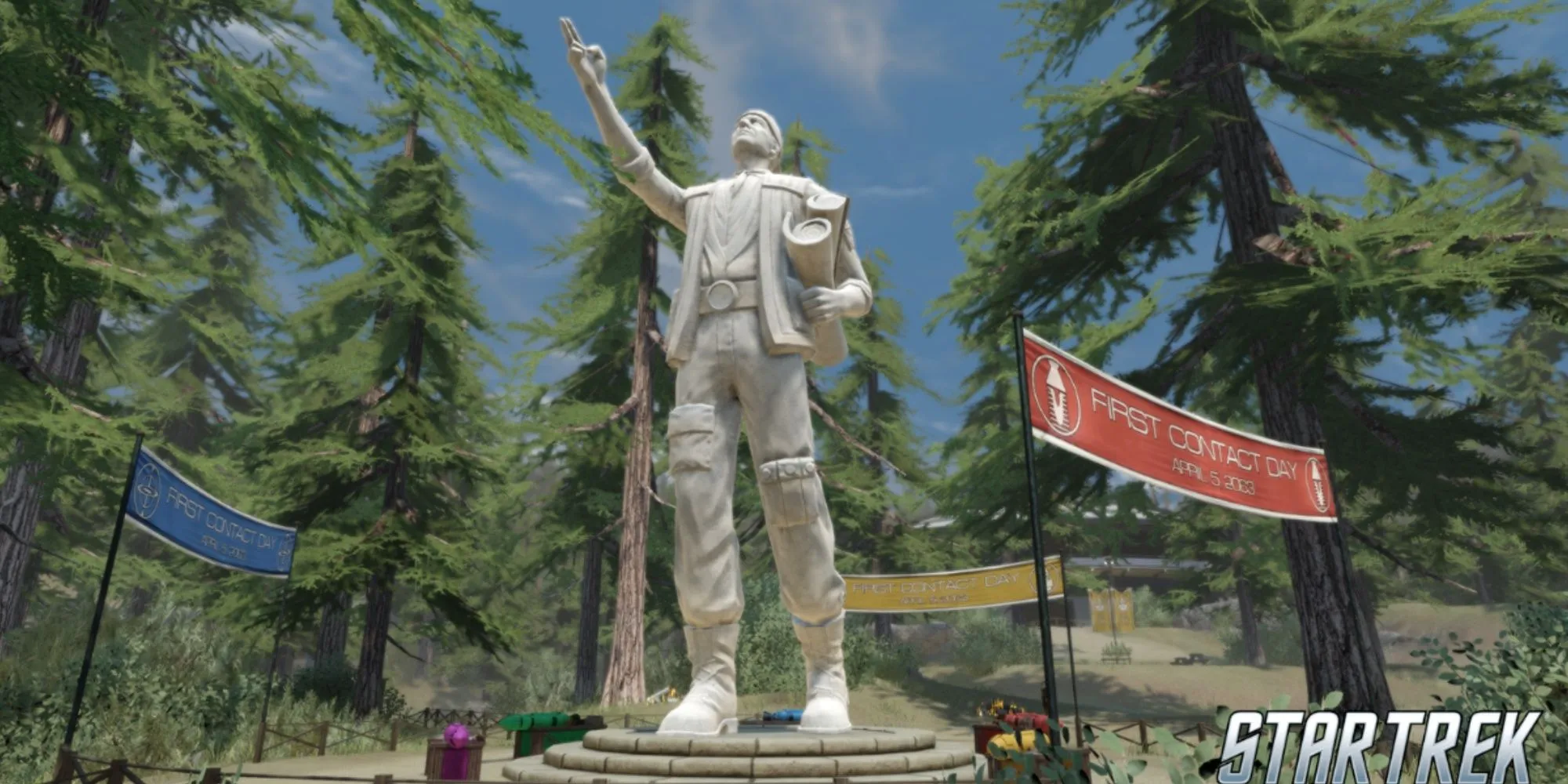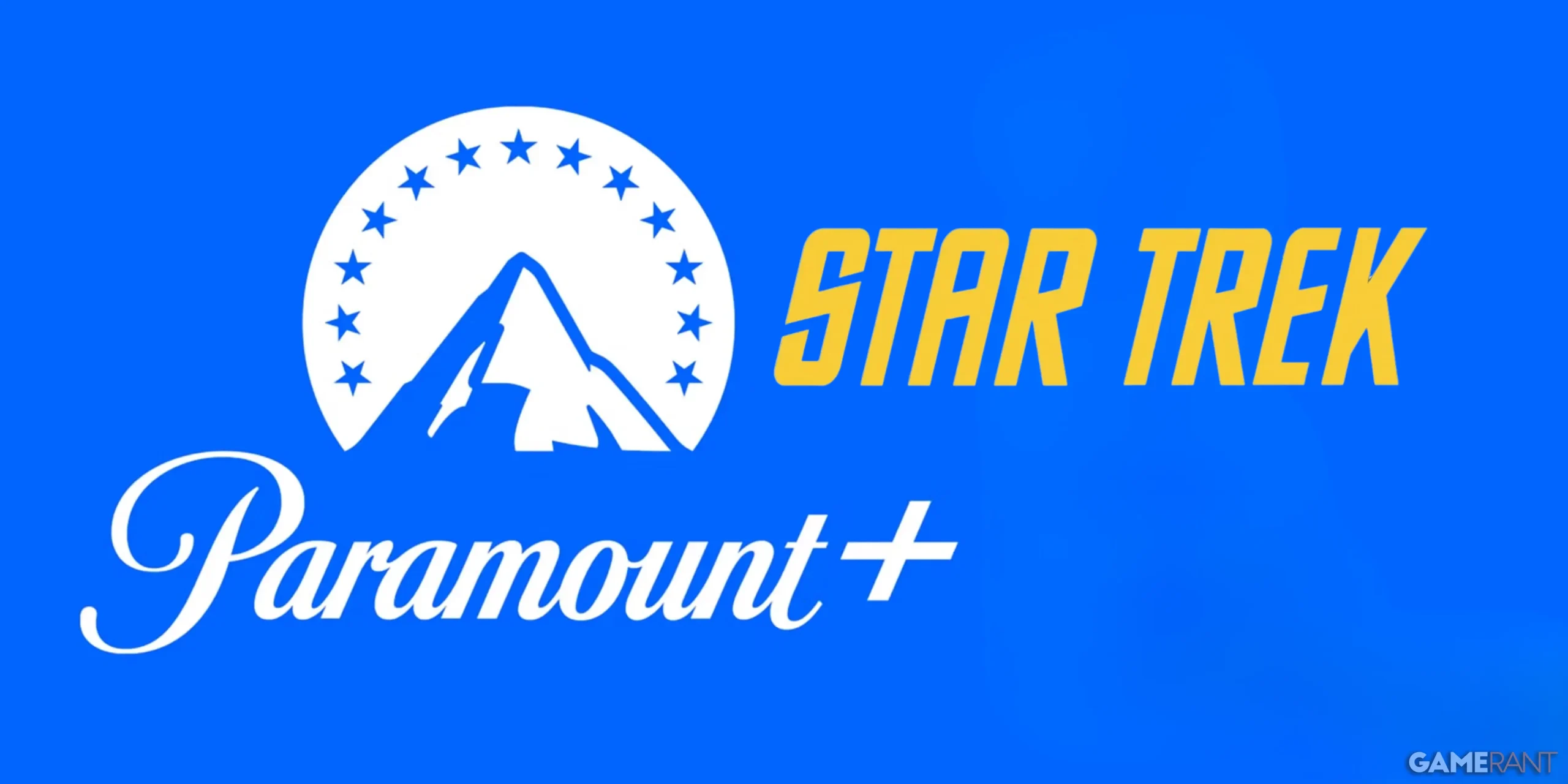Overview
- April 5, 2063, signifies humanity’s first encounter with extraterrestrial life in the Star Trek universe.
- Zefram Cochrane’s historic warp flight catalyzes humanity’s transformation into an interstellar species.
- First Contact Day is celebrated globally, bringing together fans united by their passion for Star Trek.
Star Trek stands as a monumental achievement in science fiction, captivating audiences for decades with its hopeful portrayal of humanity’s future and our innate curiosity about the cosmos. Rooted in the optimism of the 1960s space race, the series fuels the enduring question of whether we are truly alone in the universe.
Within the Star Trek canon, April 5th holds immense significance as it represents the day humanity discovers an answer to its cosmic query: we are not alone. This date marks the moment we first made contact with intelligent life from another world.
Exploring Star Trek: First Contact

The era of Star Trek: The Next Generation is rich with with in-depth storytelling, expanding the universe’s lore and establishing key elements of its mythology. Notably, it was not until the release of the 1996 film, Star Trek: First Contact, that this historic moment in humanity’s journey was brought into focus. The plot revolves around the crew of the U.S.S. Enterprise embarking on a time-travel mission to intervene in the past and prevent the Borg from altering Earth’s historical timeline. Their goal includes ensuring that Zefram Cochrane successfully completes his pivotal warp flight, propelling him to become the first human to surpass the speed of light and secure humanity’s future in the cosmos.
Ultimately, the Enterprise team succeeds (spoilers ahead—though it’s no surprise they do), and on the morning of April 5, 2063, Cochrane’s monumental flight captures the attention of extraterrestrial observers.
A First Encounter with Star Trek’s Oldest Aliens

On the morning of April 5th, an alien scout ship traverses our solar system, initially uninterested in Earth, deemed too primitive. However, upon detecting Cochrane’s ship traveling at warp speed, they decide to investigate further.
Later that evening, an alien ship lands in central Montana, the birthplace of Cochrane’s warp-capable vessel, the Phoenix. Cochrane himself becomes the first human to establish contact with extraterrestrial beings, specifically with the logical and serene Vulcans.
The Narrative Impact of the Vulcans

Choosing the Vulcans as humanity’s initial contact was a masterstroke in storytelling. They were the first aliens encountered in the original 1966 Star Trek series, introduced through Leonard Nimoy’s iconic portrayal of Mr. Spock. This pivotal moment not only deepens the connection between humans and Vulcans but also enriches Spock’s dual heritage, heightening the complexity of his character.
This kind of intricate storytelling was prevalent during this golden era of Star Trek, as writers skillfully expanded upon existing lore. Cochrane himself, introduced in the Star Trek: The Original Series episode “Metamorphosis,” evolves from a basic concept into a multifaceted character in First Contact, thanks to compelling writing and outstanding performances.
The Role of First Contact in Star Trek’s Universe

The encounter with the Vulcans heralds a transformative epoch in Earth’s history, as depicted in Star Trek: First Contact. Following Cochrane’s warp flight, Earth emerges a decade removed from a catastrophic third world war. The groundbreaking discovery that we share the universe with other intelligent life forms catalyzes a collective effort to overcome the planet’s societal fractures. War, poverty, and disease become relics of the past within a mere fifty years, laying the groundwork for the futures envisaged in Star Trek.
This initial contact is fundamental to the establishment of Starfleet and symbolizes humanity’s evolution into an interstellar civilization. It also serves as a foundation for the United Federation of Planets, a central feature of the Star Trek narrative explored further in series like Star Trek: Enterprise, where Cochrane appears again to commemorate the launch of key space exploration initiatives.
Within the Star Trek canon, the significance of first contact has been immortalized, notably through celebrations like First Contact Day. The symbiotic relationship between the Vulcans and humans is a source of pride, celebrated through various forms of entertainment, including quizzes and themed meals, alluding to the delightful traditions of Cochrane’s era.
The Global Celebration of Star Trek

Beyond the fictional narrative, First Contact Day has evolved into a real-world celebration among Star Trek enthusiasts. April 5th was chosen by screenwriter Ronald D. Moore as it coincides with his eldest son’s birthday, marking it as a day rich in meaning for fans across the globe.
Each year, fans gather for screenings, interactive panels, and virtual gatherings, creating a vibrant community experience around Star Trek. The franchise’s owners, Paramount Pictures, actively support these celebrations, ensuring that #FirstContactDay trends on social media, further enriching the sense of community and shared passion.
The visionary aspects of Star Trek have already begun to emerge in our present-day technologies, from cell phones to virtual reality. As we continue to dream of the future, who knows what monumental discoveries await us? Perhaps in just a few decades, we will witness another historic moment as we engage with life from afar, fostering peace and growth like we’ve never imagined.


